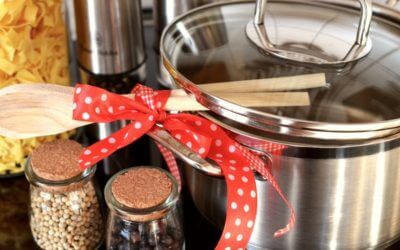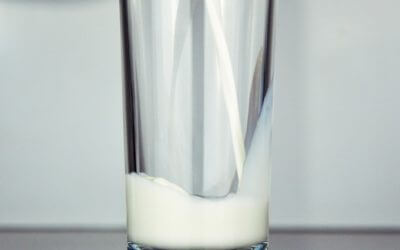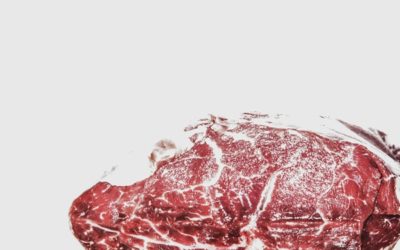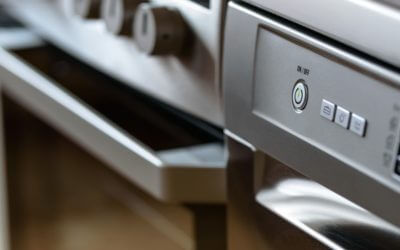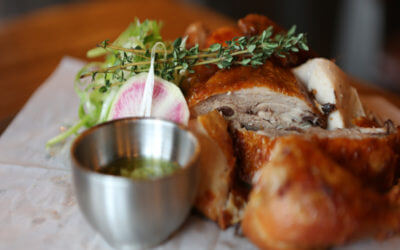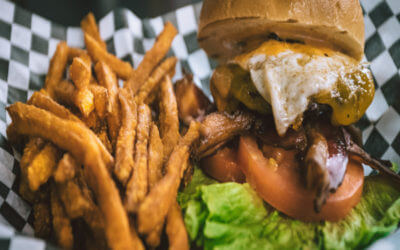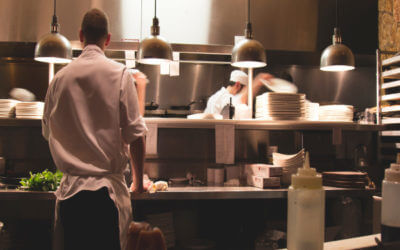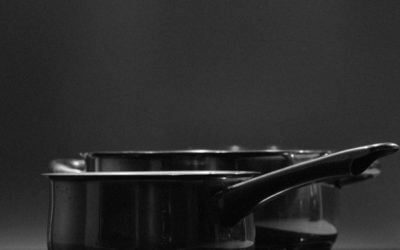Cleaning your Commercial Deep Fryer Made Easy
June 9, 2017A commercial deep fryer requires daily cleaning to keep the appliance in perfect working condition.
However, cleaning the restaurant’s deep fryer is one of the most dreaded tasks for many restaurant workers. Who could blame them? The process of cleaning a deep fryer can be messy, especially if you don’t do it very often.
Although it may take longer than washing dishes, cleaning your deep fryer frequently before serious residue builds up will make it much easier to clean. If your deep fryer is in frequent use, every few days it should be cleaned and the oil should be changed. Otherwise, if your deep fryer is not being used often, you can simply clean it each time you use it. No matter how frequently you get to clean your appliance, it requires the same procedure. Therefore, this is a guide to make cleaning easier for you.
- Unplug the Deep Fryer
Always unplug your deep fryer before you clean it. To avoid burns, always let the deep fryer completely cool down before cleaning it. Let it cool down on its own. Do not put water in with the hot oil – it could explode.
- Drain the Oil
Drain the oil into a filtration bin or a food safe container. Close the container by sealing the lid, and keep the oil a cool place if you plan to use it again. Throw the oil away in a container with a tight seal if it is not useful anymore. Most people know that oil can clog a drain, but be sure to advise your employees not to pour the oil down the sink – just in case.
- Remove the Utensils and Baskets
The tongs and deep fry baskets should be cleaned separately from the commercial fryer itself. Put them in the sink with some dishwashing liquid to soak before cleaning.
- Wipe the Remaining Oil off the Pot
To remove the oil and stuck-on food from the deep fryer pot, simply wet a sponge or some paper towels and wipe the grime off. Some food can be quite stuck on, so you might to use a spatula or scraper to remove it.
- Boil Water
Put water into the vat and mix it with a cleaning solution as recommended in your manual for a boil out. Bring that vat of water to a boil, letting it coax off any remaining food particles. Unplug the deep fryer and let it cool down before draining the vat into a separate container. Rinse everything out.
- Wash the Basket
Using warm water and a scrub brush, the basket can be rinsed clean, doing away with food particles. Remove the soap by rinsing the basket, and soak up the water with a paper towel.
- Refill the Deep Fryer with Oil
After making sure the water has been completely drained out from the deep fryer, refill the vat with your preferred oil. And you’re done.
Cleaning your deep fryer doesn’t have to be a serious chore. Don’t let it get dirty and your customers will thank you.
What’s in a Cooking Pot, How to Choose the Right One?
As a restaurant owner, your cooking needs might vary. Did you know that a good quality pot can greatly improve your cooking experience, while also improving the quality of your cooking? This cooking equipment is a very important one that cannot be done away with...
5 Things Every Restaurant Owner Should Do Before Buying Used Kitchen Equipment
Equipping your restaurant properly can cost a lot of money, so buying used kitchen equipment is the go-to choice for many restaurateurs. Buying used kitchen equipment for a restaurant is a bit different than buying used equipment for your home, however. You will...
Top Restaurant Technology Trends in 2018
When looking to buy restaurant supplies, you want to be on the leading edge of technology trends. This will keep your kitchen running smoothly. Let’s take a look at some of the most recent trends in restaurant supplies technology. 1. New Payment Options Who would...
5 Different Ice Shapes and Why You Should Care About Them
Ice makers are very popular in the restaurant and foodservice community because they eliminate the need to buy ice every day. And of course, adding an ice maker to your collection of foodservice equipment means you will always have ice on hand when you need it. An...
Pulping and Grinding: A Starter’s Guide to Reducing Commercial Food Waste Costs
For most restaurant owners and managers, the expenses involved in making meals are always under careful consideration. Water is needed to prepare, cook and wash food; power is necessary for food prep, cooking and cooling, and so on. However, how many of us consider...
Choosing the Right Milk Cooler: Cold Wall or Forced Air?
In a restaurant, milk is an essential to have on hand for coffee and other café-style beverages, for serving with kids’ meals, and as a key ingredient in many recipes. Keeping your milk properly chilled can be difficult without the proper restaurant equipment....
How to Choose Your Next Commercial Meat Smoker
The movies that connect with us on a personal level are the ones that linger in our memories forever. Anyone who has used a commercial meat smoker knows that they have a huge influence on the taste of a meal. You need to have just the right kitchen equipment to get a...
Are High Speed Ovens Too Good to be True?
You might have heard a few of the bold claims that foodservice equipment manufacturers have been making about high speed ovens, but they can’t be possible, right? Cooking three times as faster as regular ovens? Five times as fast? Fifteen times as fast? It may seem...
Choosing the Right Food Storage Containers for Your Restaurant
Choosing the right kitchen supplies will make a difference in your restaurant. Whether it is heavy duty kitchen equipment or food storage containers, each piece of equipment plays its own important role. Today, we are going to talk about how to choose the right food...
Tipton’s Guide to Perfect Poultry Trussing
Do you ever truss birds in your commercial kitchen? Trussing is a fantastic cooking technique because it makes poultry cook faster, look more attractive and taste better. If your commercial kitchen prepares poultry, you don’t want to miss these trussing tips. Trussing...
How to Eliminate Excess Condensation in Your Kitchen
Is your commercial kitchen getting steamy? If so, you could have more than just an uncomfortable working environment on your hands. Excess moisture in your commercial kitchen can result in the corrosion of equipment, the development of mold, and even damage to your...
The DIY Guide to Your Restaurant’s Own Garden
Stocking your restaurant supply with your own home-grown herbs and produce can truly bring your dishes to life. When it comes to food, everyone knows there’s nothing like homemade and home-grown. Having your own culinary garden, however large or small, can help you...
5 Reasons a Meat Grinder Will Set Your Burgers Apart
The more you do to prepare your foods in-house with the right kitchen equipment, the fresher and more flavorful your dishes become. There are all sorts of restaurants offering fast-food style burgers, but some diners are looking for the real deal. A fresh, juicy...
Pest Preventions to Implement in Your Commercial Kitchen
Restaurant pests: it’s something that few people want to think about. Like it or not, pest management is an essential consideration for every commercial kitchen. Offering food, shelter and water, the unprepared commercial kitchen naturally provides everything pests...
Choosing the Right Material for Your Cooking Equipment
Kitchens are very unique to their chef. Just like a car mechanic has a toolbox unique to them, so is the cooking equipment in a kitchen. And over time, the same cooking equipment become a natural extension of the chef. What tools are you using in your kitchen? It...

